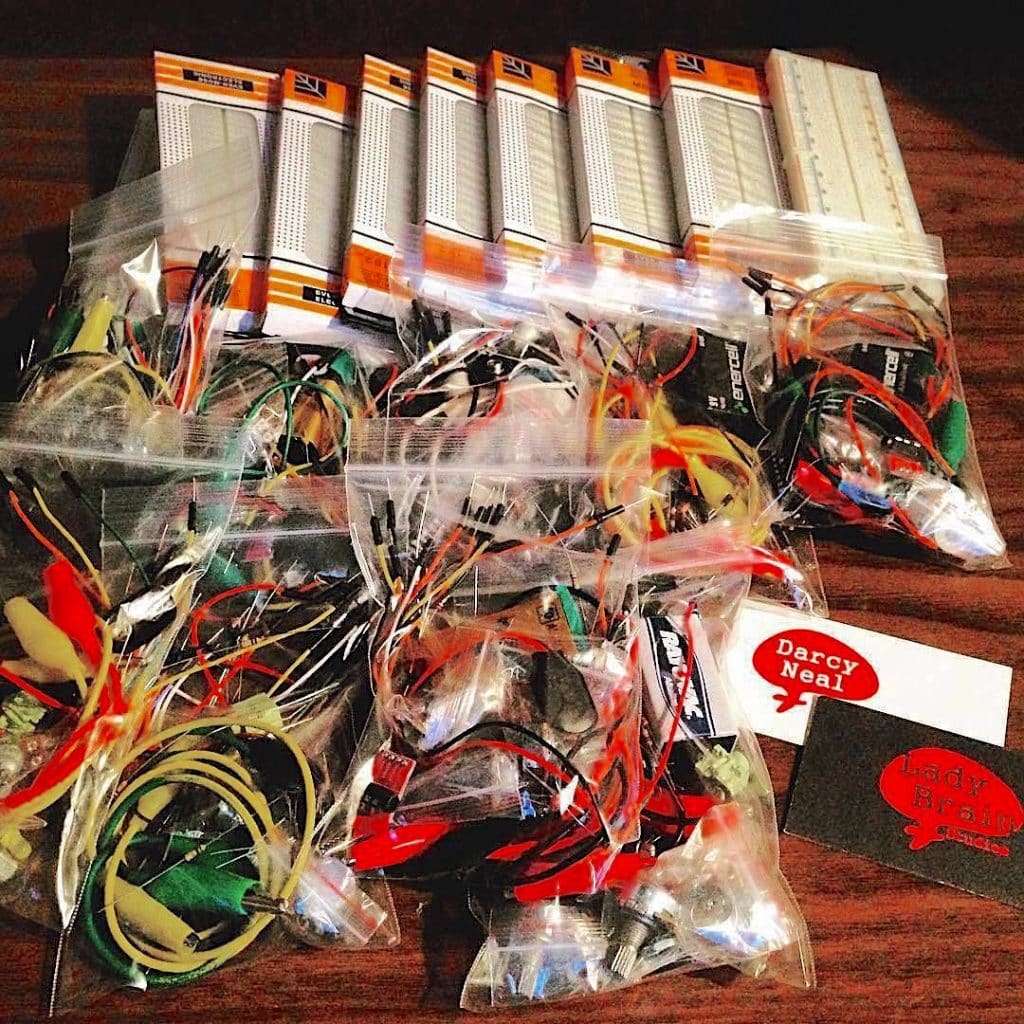In this workshop, students embarked on the journey of creating their first interactive audio circuit. They began by assembling a circuit on a breadboard, which was provided to them during the session. An integral part of the learning experience was gaining an understanding of how to read and interpret electronic schematics. This foundational knowledge allowed them to effectively use a breadboard for prototyping, which is a crucial skill in electronics.
As the workshop progressed, attendees learned how to modify their circuit to produce various effects, delving into the creative and technical aspects of sound production. Additionally, they were introduced to a range of alternative materials capable of generating sound, expanding their understanding of the possibilities within audio circuitry.
This particular workshop has continually evolved and was originally presented during the New Media Art & Sound Summit in Austin, TX. Each iteration aims to build upon the last, ensuring that participants not only learn the basics but also explore the expanding boundaries of interactive audio and electronics.
